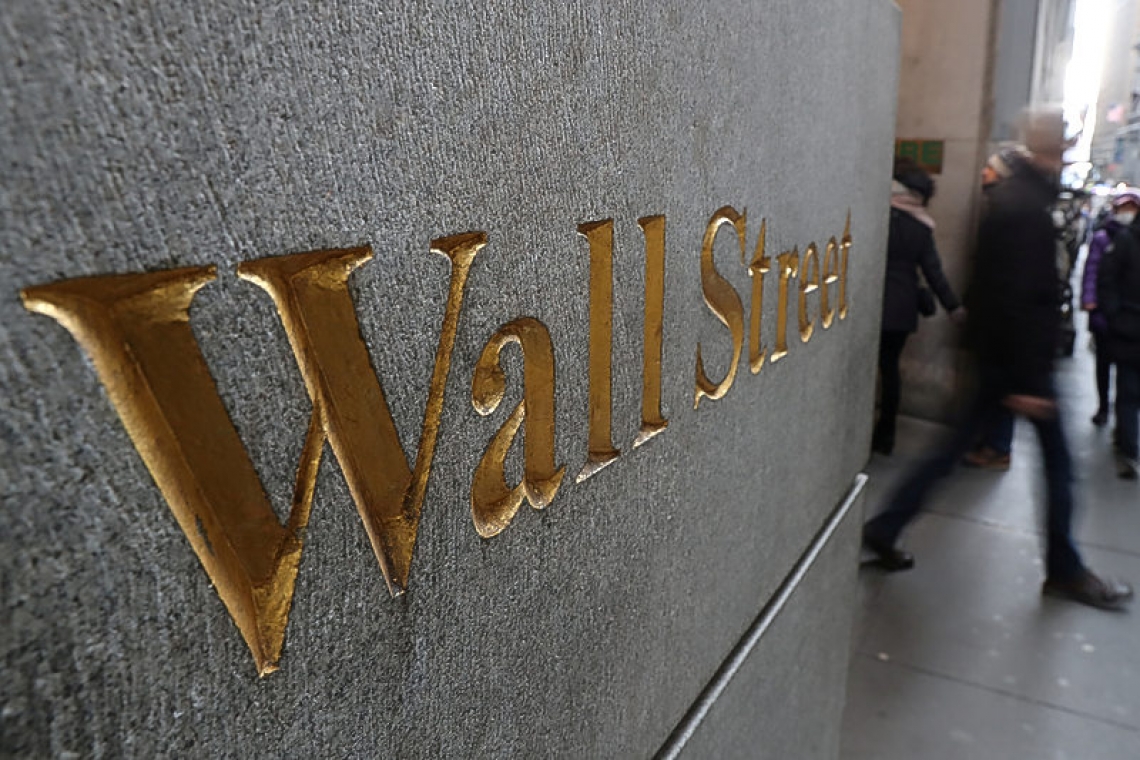NEW YORK- - Wall Street's slide deepened on Monday as an unprecedented moves by the U.S. Federal Reserve to shore up credit across the economy proved insufficient to sooth investors' fears about the swiftly-spreading coronavirus.
After recently cutting interest rates to near zero, the Fed will now lend against student loans and credit card loans, as well as back the purchase of corporate bonds and make direct loans to companies.
With the addition of Maryland, Indiana, Michigan and Massachusetts, 13 out of 50 U.S. states have imposed restrictions on people’s movements to curtail the virus, putting the country on a track similar to those of the most devastated European countries, such as Italy and Spain.
The threat posed by those actions foreshadowed a near-halt in economic activity and more pain for U.S. equities, and prompted several analysts to slash their growth forecasts.
"What the Fed did is important because it does help in the credit markets. But it's not enough from an equity market perspective," said Willie Delwiche, investment strategist at Robert W. Baird in Milwaukee. "What we now need is leadership out of Congress to pass some sort of stimulus bill, because what the Fed's doing is relieving some problems, but it doesn't do enough to solve to solve what's out there."
Investors had hoped the U.S. Senate would clear a far-reaching coronavirus economic stimulus package over the weekend.
But Democrats and Republicans failed to reach agreement and on Monday the $2 trillion package failed to advance in the Senate as Democrats said it contained too little money for states and hospitals and not enough restrictions on a fund to help big businesses.
Goldman Sachs expects an outright contraction in global real gross domestic product in 2020 on the back of a 24% plunge in U.S. real GDP in the second quarter: 2-1/2 times as large as the previous postwar record.
The S&P 500 has experienced a $9 trillion wipeout to its value since the benchmark index hit a record high last month. A rush for safe-haven assets like government bonds caused U.S. Treasury yields to fall on Monday.
The S&P 500 is down about 34% from its February record high, its lowest level since fears of the coronavirus swept across Wall Street.
The Dow Jones Industrial Average tumbled 3.04% to end at 18,591.93 points, while the S&P 500 lost 2.93% to 2,237.4. The Nasdaq Composite dropped 0.27% to 6,860.67, its overall decline cushioned by a 3.07% rise in Amazon.com .
Volume on U.S. exchanges was 15.7 billion shares, just shy of the 15.8 billion-share average for the full session over the last 20 trading days.
"What we really need to turn things around is a sense of closure - not on the virus, but on the response to the virus," said Stephen Massocca, senior vice president at Wedbush Securities in San Francisco. "Once the market sees that, I think the market will rebound considerably."
The S&P energy index slumped 6.65%, the most among the 11 major sectors, tracking a plunge in oil prices.
The S&P consumer discretionary index rose 0.35%, the only sector index in positive territory.
Leading the Dow, Boeing surged 11.17% after Goldman Sachs upgraded its rating on the planemaker to "buy."
Apple dropped 2.12%, leaving its stock market value at $982 billion, second on Wall Street only to Microsoft's $1.03 trillion value. Microsoft fell 1%.
Declining issues outnumbered advancing ones on the NYSE by a 3.18-to-1 ratio; on Nasdaq, a 1.62-to-1 ratio favored decliners.
The S&P 500 posted no new 52-week highs and 224 new lows; the Nasdaq Composite recorded two new highs and 525 new lows.







